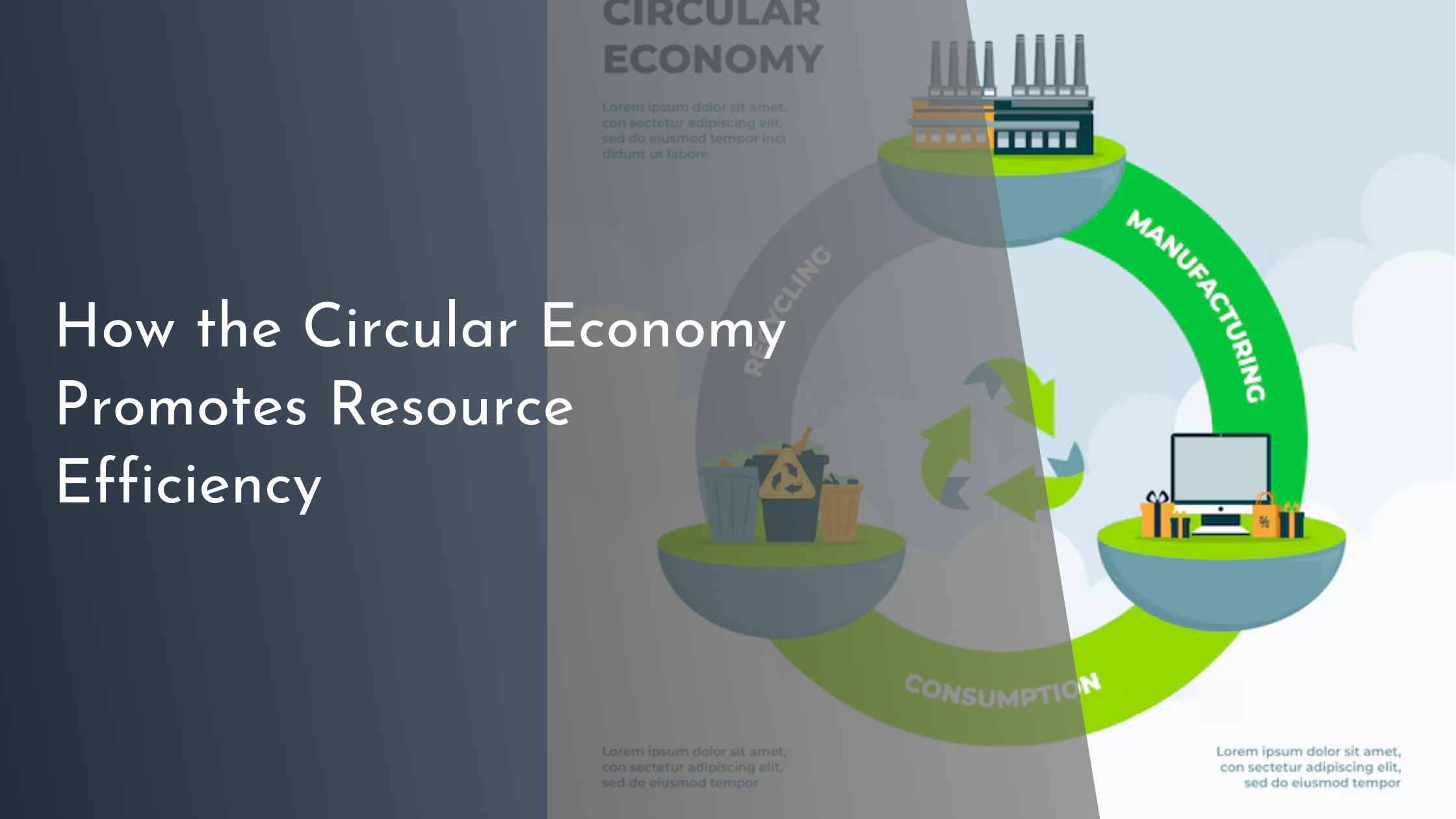How the Circular Economy Promotes Resource Efficiency
The concept of a circular economy is rapidly gaining traction as a sustainable alternative to the traditional linear model of “take, make, dispose.” By focusing on the efficient use of resources, the circular economy aims to minimize waste and regenerate natural systems. As the world faces mounting environmental challenges, adopting circular practices can play a vital role in promoting resource efficiency and fostering a more sustainable future. In this article, we’ll delve into the framework of the circular economy, explore its key principles, examine real-world examples, and consider the potential impact on our planet.
Understanding the Circular Economy Framework
The circular economy is a transformative approach that prioritizes the continuous use of resources by creating closed-loop systems. Unlike the linear economy, which depends on finite resources and generates waste, the circular economy emphasizes regenerative practices. This framework seeks to design out waste, keep products and materials in use, and regenerate natural ecosystems, thus creating a sustainable cycle of production and consumption. At its core, the circular economy is about redefining growth through a focus on positive society-wide benefits, reducing dependency on diminishing resources.
By implementing the circular economy framework, businesses and governments can significantly improve resource efficiency and reduce environmental impact. It involves rethinking product design, manufacturing, and consumption processes to minimize waste and extend the life cycle of materials. This paradigm shift not only conserves resources but also fosters innovation, leading to new business models and economic opportunities. By embracing the circular economy, societies can move towards a more sustainable future where economic growth is decoupled from environmental degradation.
Key Principles Driving Resource Efficiency
At the heart of the circular economy lie several key principles that drive resource efficiency and sustainability. The first principle is designing out waste and pollution. Products are designed with their entire lifecycle in mind, ensuring that materials can be reused, repaired, or recycled rather than discarded. This approach encourages innovation in materials science, allowing for the creation of sustainable products that minimize environmental impact.
Another crucial principle is maintaining the value of products and materials for as long as possible. Through practices like recycling, refurbishing, and remanufacturing, the circular economy promotes the reuse of resources, reducing the need for new raw materials. This not only conserves natural resources but also reduces energy consumption and greenhouse gas emissions. By prioritizing resource efficiency, the circular economy helps create a resilient economic system that benefits both the environment and society.
Real-world Examples of Circular Practices
Numerous companies across various industries are successfully implementing circular practices, setting benchmarks for resource efficiency. For instance, the fashion industry is notorious for its wastefulness, but brands like Patagonia and H&M are making strides by incorporating recycled materials and offering take-back programs to encourage customers to return unwanted garments for recycling. These initiatives not only reduce textile waste but also raise awareness about sustainable consumption.
In the technology sector, companies like Apple are pioneering circular practices through their product take-back and recycling programs. Apple’s “Liam” robot, for example, disassembles used iPhones to recover valuable materials, which are then used to manufacture new devices. Such initiatives demonstrate how the circular economy can drive innovation while conserving resources and reducing waste. By adopting circular practices, businesses can lead the way in building a more sustainable and resource-efficient future.
Concluding Thoughts on a Greener Future
The transition to a circular economy presents significant opportunities for creating a greener, more sustainable future. By rethinking traditional models of production and consumption, societies can reduce waste and conserve resources, paving the way for economic growth that is both environmentally and socially responsible. The circular economy’s focus on resource efficiency not only benefits the planet but also opens up new avenues for innovation and job creation.
While the shift to a circular economy requires concerted efforts from governments, businesses, and individuals, the potential benefits make it a worthwhile endeavor. By embracing circular principles and practices, we can work towards a future where economic activities contribute to the well-being of the planet and its inhabitants. Through collaboration and commitment, a circular economy can become the foundation of a sustainable world that thrives on resource efficiency and environmental stewardship.
As we navigate the complexities of the 21st century, the circular economy offers a promising pathway to sustainability by championing resource efficiency and reducing waste. By understanding its principles and learning from real-world examples, we can all contribute to a greener future. The journey towards a circular economy requires innovation, collaboration, and a shared commitment to preserving our planet for generations to come. Let us embrace this opportunity to rethink our relationship with resources and work towards a more sustainable and prosperous world.

